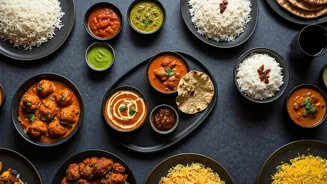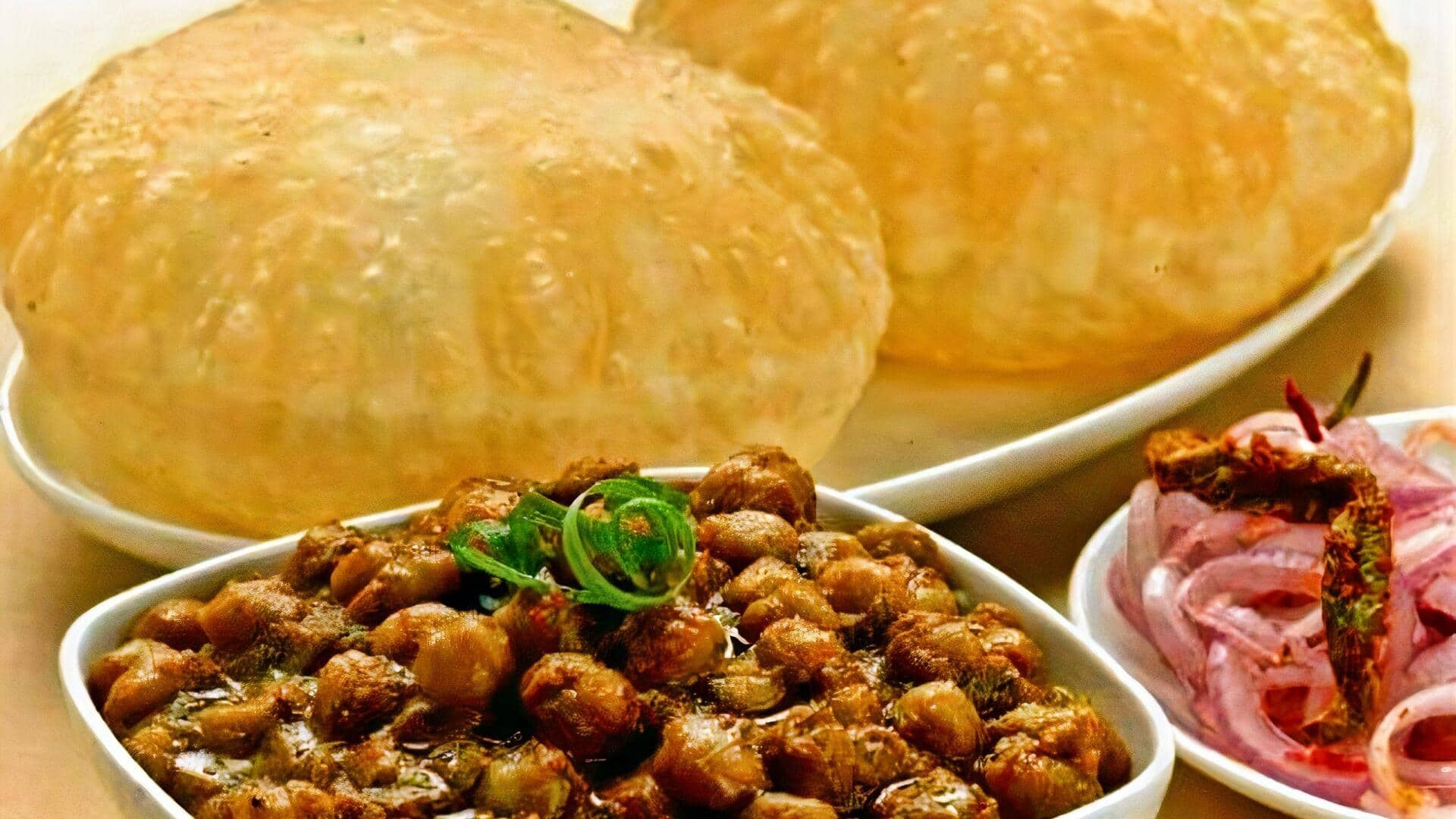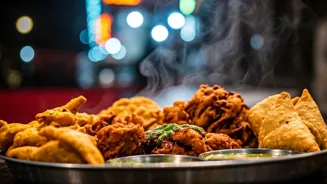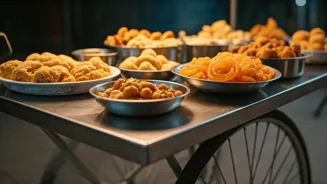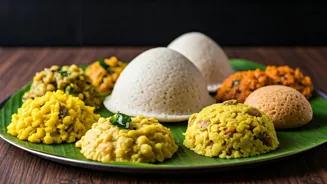Tech-Infused Kitchens
The year 2025 marked a significant integration of technology in Indian kitchens. Smart appliances, AI-powered recipe suggestions, and robotic chefs became
increasingly common. Restaurants deployed sophisticated inventory management systems to reduce food waste and streamline operations. Online food delivery platforms used predictive analytics to optimize routes and delivery times. Many chefs used virtual reality to design and showcase new dishes, allowing them to visualize plating and presentation before even cooking. This technological push boosted efficiency and also enhanced the dining experience. Tech allowed for precision in cooking, reducing human error and enabling consistency across multiple locations. Augmented reality also brought interactive experiences to the table, with digital menus and interactive food displays.
Regional Flavors Emerge
2025 witnessed a surge in popularity for regional Indian cuisines, going beyond the usual mainstream favorites. Chefs and diners showed increased curiosity about lesser-known dishes and ingredients from various states. Restaurants dedicated to specific regional cuisines, such as those from the Northeast, became increasingly common. Social media played a key role, with food bloggers and influencers celebrating the authenticity of these regional flavors. Local food festivals and pop-up events became prominent, showcasing the diversity of Indian food culture. This rising awareness of regional cuisines led to a revival of traditional cooking techniques and a renewed appreciation for locally sourced ingredients. This trend supported local farmers and culinary artisans. Fusion cuisine, which combined different regional cuisines, gained traction, leading to innovative and exciting dishes.
Sustainable Dining Practices
Sustainability was central to the Indian food scene of 2025, driven by rising awareness of environmental concerns. Restaurants adopted practices like sourcing locally grown, organic ingredients, minimizing food waste, and using eco-friendly packaging. Many establishments partnered with local farmers to reduce their carbon footprint. Composting and waste reduction programs were widely implemented. The 'farm-to-table' concept thrived, giving customers a chance to connect with the origins of their food. Vegan and vegetarian options gained traction, reflecting growing demand for plant-based meals and ethical eating choices. Food waste reduction programs also gained prevalence, where restaurants partnered with food banks and charities to donate surplus food. This shift reflected a broader movement towards conscious consumption and a commitment to environmental responsibility. Restaurants that actively engaged in these practices gained popularity among environmentally conscious consumers.
Changing Consumer Preferences
Consumer preferences in 2025 continued to evolve, with a stronger focus on health, authenticity, and experience. Demand for healthier options, including gluten-free, low-sugar, and organic choices, increased. Consumers sought information on ingredients and sourcing to make more informed choices. Dining out was increasingly perceived as a social and cultural experience, with restaurants investing more in ambiance and design. Food tours and culinary workshops became popular, letting people dive deeper into the food culture of a region or a specific type of cuisine. The rise of online food reviews and rating platforms amplified the voices of consumers and influenced restaurant choices. The willingness to try new and innovative dishes, including global cuisines, indicated a more sophisticated and adventurous palate. The emphasis on personalized dining experiences, addressing dietary needs and preferences, grew. These trends indicated a more conscious and informed consumer base, interested in diverse flavors and dining experiences.
Impact of Technology
Technology dramatically impacted the way Indians experienced food in 2025. Online food delivery apps became more sophisticated, offering wider menus, faster delivery times, and better user experiences. AI-powered chatbots provided personalized recommendations and assisted with order customizations. Digital payments became the norm, simplifying transactions and improving efficiency. Virtual and augmented reality applications allowed customers to preview dishes and explore restaurant interiors before dining. Social media continued to be a major driver of trends, influencing culinary decisions and generating conversations about food. Chefs and restaurateurs embraced technology to connect with customers, build brand loyalty, and promote their offerings. Data analytics provided insights into customer preferences, which helped restaurants to customize menus and enhance their marketing strategies. This digital evolution transformed the food industry, making it more accessible, convenient, and interactive for consumers.
